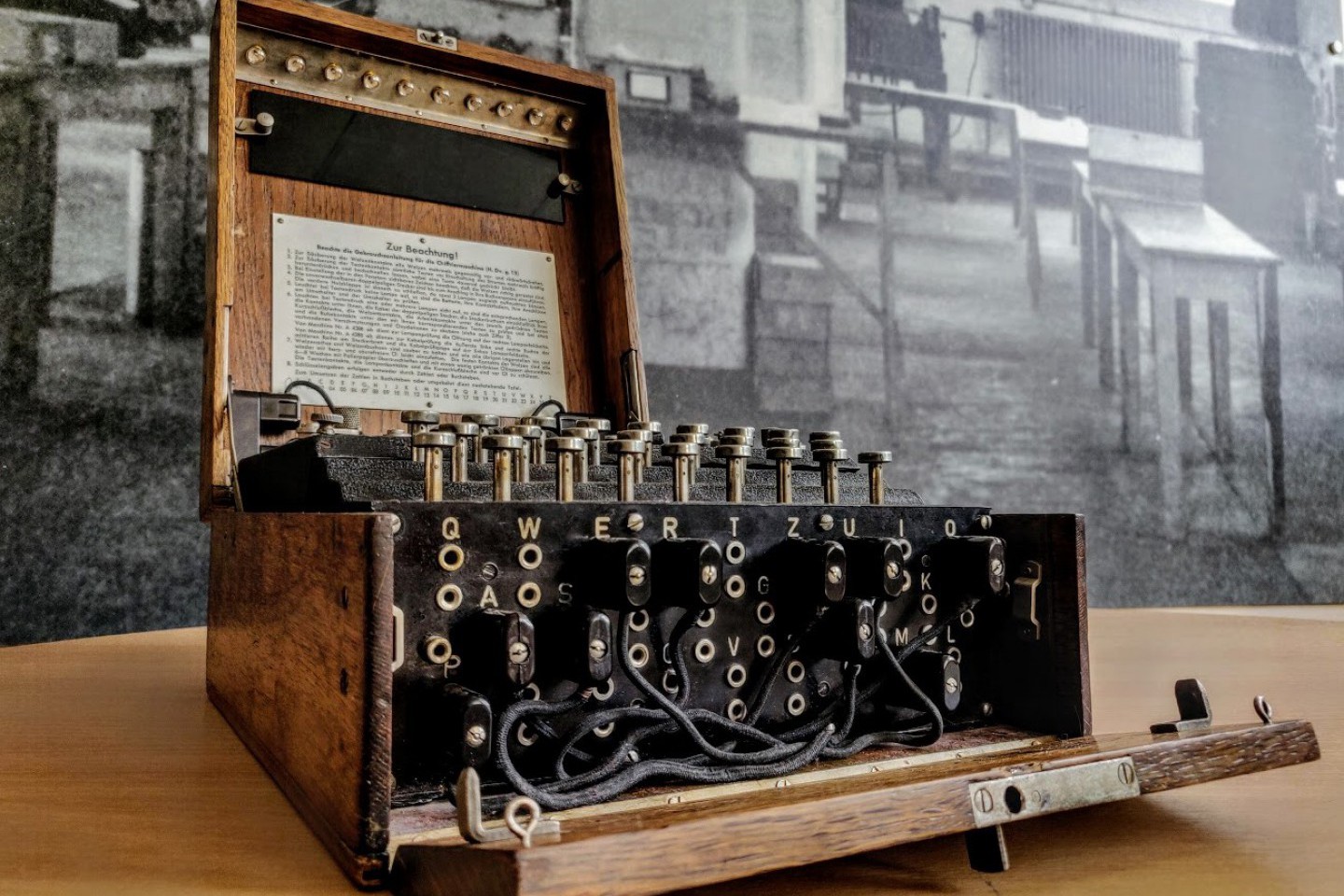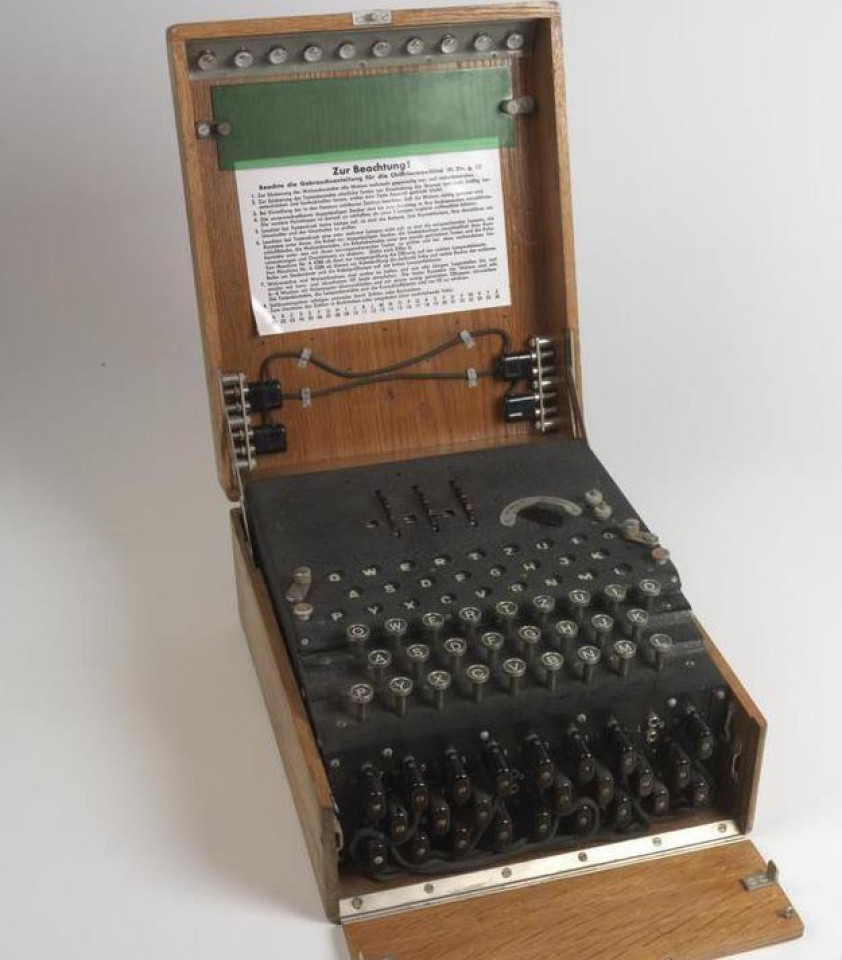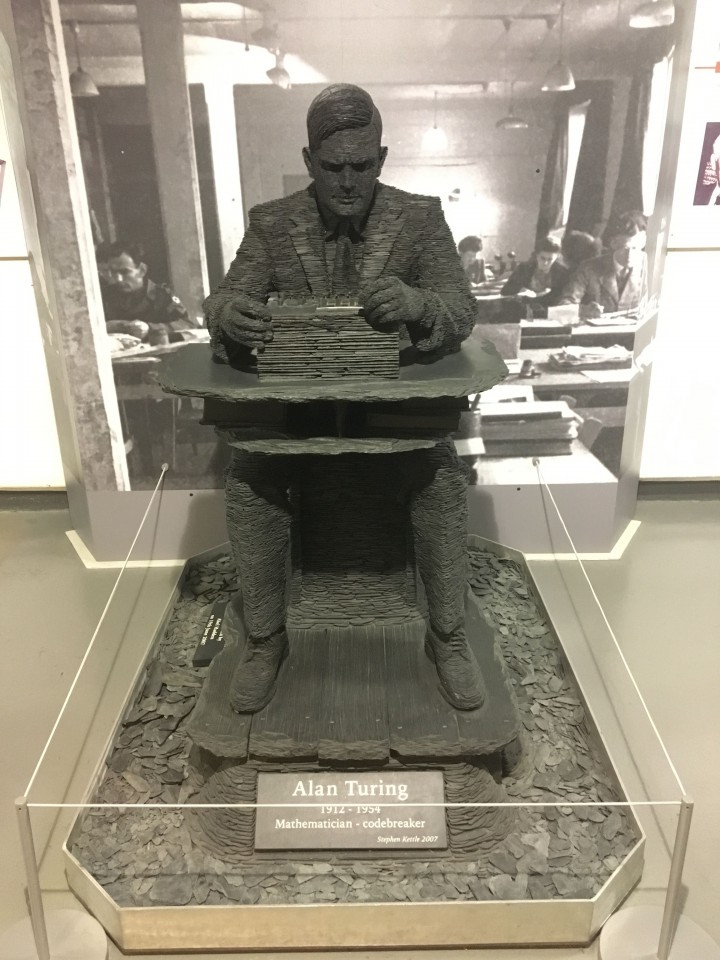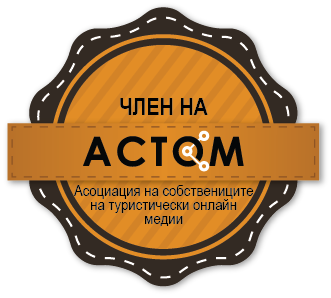
Bletchley Park - a significant place for the whole of Europe
Bletchley Park - sounds like a nice place to walk and relax with the family. This place is much more and carries the key to the end of one of the greatest wars in Europe.
Located in Milton Keynes (UK), once a large mansion with beautiful gardens, a horse racing venue purchased for building blocks, this place received its VIP status in 1938 at the height of World War II. Purchased by Admiral Sir Hugh Sinclair because of its strategic geographical location, this place was crucial to the British Empire and the end of the war. Close to the city station and located on the railway line between Oxford and Cambridge, and at the same time a connection between London, Liverpool, Manchester, Glasgow and Edinburgh.

But what makes this place so useful? During World War II, it was paramount to understand the plans of the opponents. At that time, communication was carried out mainly by radio signals and the interception of foreign signals was of key importance. To prevent this, the Germans used a special modification of the Enigma encryption machine created in 1923. The machine works by replacing a symbol / sequence of symbols with other symbol / sequence of symbols. What to replace is determined by a complex electrical circuit.

Yes, yes ... I guess some of you are already guessing that this story is told in the 2014 Oscar-winning film The Imitation Game, which was nominated in many other categories. Exactly. And even though most of the film was shot elsewhere, you can feel like you're part of a message decryption group here.
As soon as you enter, you can feel as if you have been there - spotlights showing short films recreate the feeling that you are part of the war and everything is happening right now. Mystery game monitors keep your visitors in suspense as you try to intercept and read radio messages. After a short introduction, you receive audio books on special devices and headphones to immerse yourself in the atmosphere.
We go outside and find ourselves on a beautiful promenade overlooking a beautiful lake, a fabulous mansion and several other buildings accompanying them. During the war, between 7,000 and 10,000 people worked here on various data in order to intercept and decode the enemy's radio messages - from gardeners, cooks, cleaners to world-famous mathematicians and statisticians. Many of them came to the lake and gardens for a short rest and relaxation. And in the winter, when the lake froze, people skating could be seen.

We continue to the mansion, which even today still looks fabulous both inside and out. There is a huge hall where you can have lunch as well as several offices of high-ranking members of the organization. Veteran message cards take us back to feel the spirit of the place. After that we head to one of the adjacent buildings and realize that this was a place for social events. As the war lasted more than 5 years, and the main occupation of the people was the interception and decryption of messages, special attention was paid to people socializing and not to "burn out". There have been clubs for dancing, singing, poetry, knitting, an acting club and whatever else you can think of.
Passing through several other houses used for various activities - several with desks and radio stations for eavesdropping on communications, another with multiple desks and boards for decoding messages, a hangar with motorcycles for carrying messages to and from the post office, and the house where stores "the Bombe" - the huge machine that helps decipher the Enigma code.
Messages written through Enigma could be deciphered. Each machine had 5 adjustment symbols. If you enter the exact 5 characters and enter the sent text you will receive the original. The problem is that the combination changes every day, and the combinations are tens of thousands. This means that even if a message is decoded, it will help to understand only the messages for that day. In this part of the story appears Alan Turing - a mathematician and computer scientist dealing with cryptography and logic. It was his idea to develop a machine that could read these messages and look for the code for the day. This is the prerequisite for the creation of modern computers. It was this successful development that significantly supported the Allied forces and helped save the lives of thousands of people.

On the way back to the main building we passed through a museum describing in detail the events and the main people involved in them, where the above photo of the statue of Alan Turing was exhibited. After that we went through the radio room. At the entrance we were greeted by a very nice man aged about 60 years. He told us how the whole amateur radio community was organized to help in the war and what they did. The story of his friend Bob, a radio amateur who was only 16 when he was recruited, was amazing and we all listened in amazement. There was also a station with two people in the small museum of radio amateurs, which intercepted various signals on a huge number of monitors and devices. One of the men got up from his seat for a moment and told us about their occupation.
Overall, the time spent in Bletchley Park was very pleasant. There's really an awful lot of information that at times came a little dry, but there were also a lot of games showing different parts of the daily lives of the people working there at the time in a fun and engaging way. The headphone devices, the many presentations and short films, the letters from the veterans and the stories of the people involved in these things made access to the story much more enjoyable and memorable.
If you liked my piece of history related to my visit to Bletchley Park, you can share it with friends, and you can leave your comments about it as a comment below.
Hey, don't you think your friends would love to see this story? Share it with them and help my blog. Love ya, buddy






Leave a comment